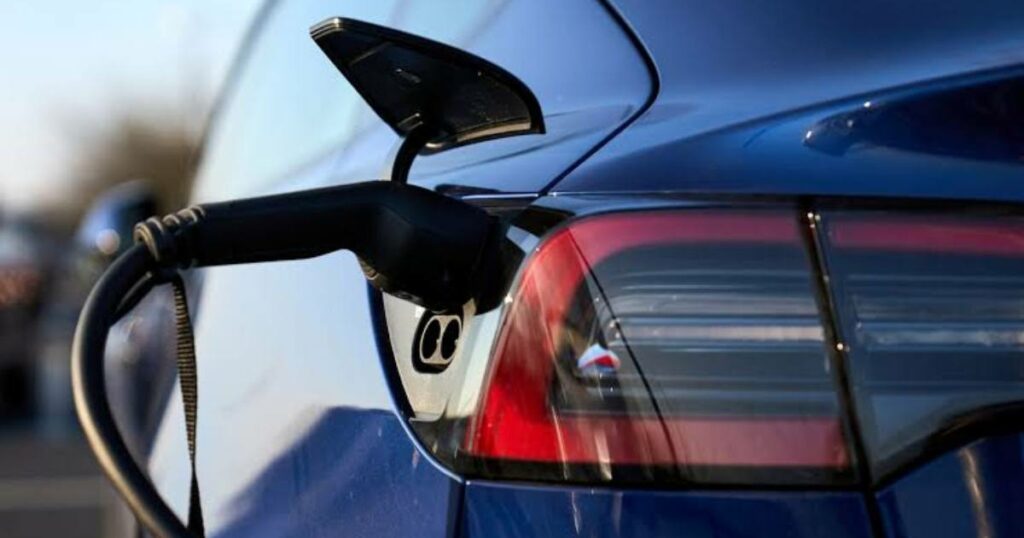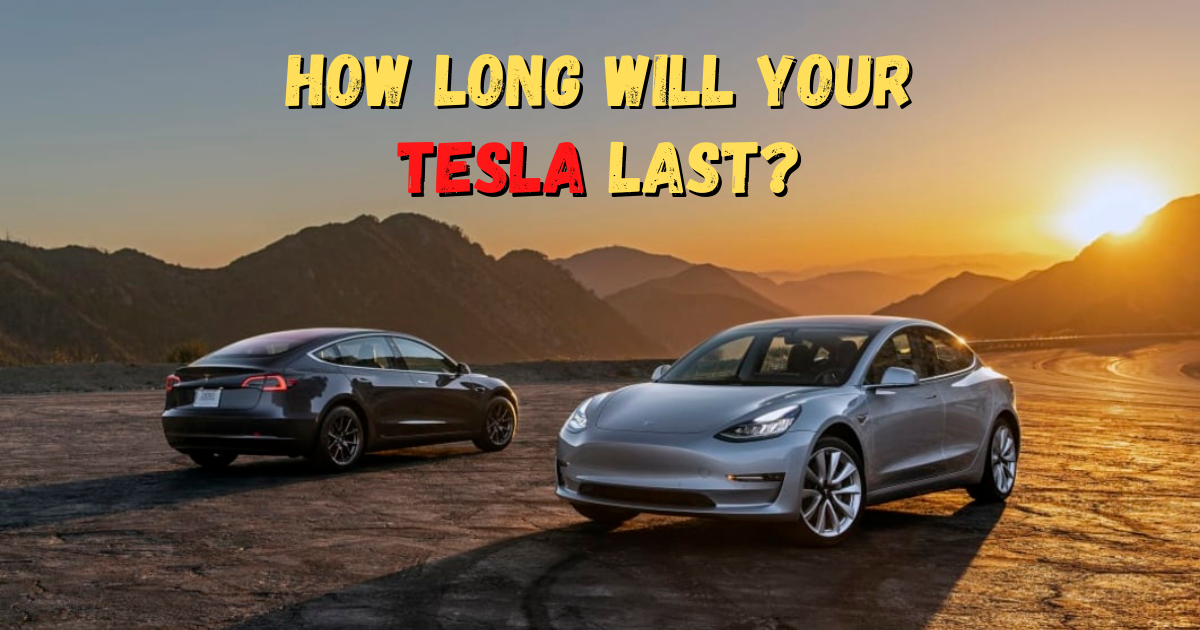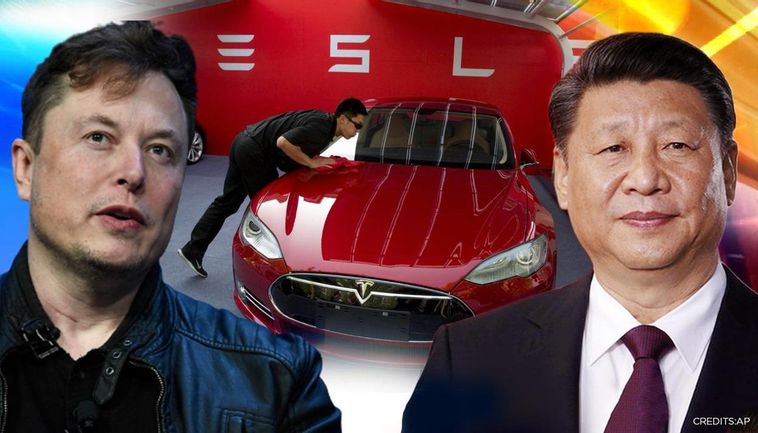
If you’re thinking about buying a Tesla, you’re undoubtedly concerned about the cost of keeping it charged. The price of gasoline may be well-known to you, but the cost of charging an electric vehicle’s (EV) battery may come as something of a surprise. Here, we’ll break down exactly how much it’ll cost you to keep your Tesla charged.
What follows is a comprehensive analysis of the variables that go into the price of a Tesla charge as well as simple methods for estimating the potential outlays associated with charging a Tesla.
What is the cost of charging a Tesla?

It costs between $8 and $43 for drivers to recharge an empty Tesla battery. But The price can be affected by a wide variety of variables. Several factors, including the type of battery and the capacity of the Tesla vehicle, as well as the price of electricity in your state, All of these different factors will affect the estimated cost of charging.
Understanding the distinctions between charging levels is essential before diving into the monetary disparities in how much it costs to charge a Tesla. The amount you spend to top off your battery will vary depending on the level you choose, which in turn is determined by a variety of criteria.
Using a Level 1 AC charger
Level 1 charging is the default for any device. You can charge your Tesla quickly and easily from any regular wall outlet. In all likelihood, you won’t be able to charge your EV with less than 120V.
Using a Level 2 AC charger
These chargers are standard at most independent public hubs. Plugs that accept voltages between 220-240 volts and 50 amps are typically found in more convenient locations throughout the home. Power consumption at this level is comparable to that of a large device like a clothes drier.
Level 2 chargers are typically straightforward for an electrician or specialist to install, and Tesla strongly recommends that owners have one installed at their residences if possible. Charging a Tesla at Level 2 takes about 8-12 hours.
Related: How Long Does It Take To Charge A Tesla? [All Models]
Charging a Tesla at Home

The Tesla Wall Connector can be purchased from Tesla for $425. An optional J1772 Wall Connector is also available for use with EVs from other manufacturers in addition to Teslas. A licensed electrician in your area will need to install either device in your house or garage, and their rate may differ depending on your location.
The Wall Connector appears to be quite efficient on Tesla’s online charging calculator. If a consumer averages 50 miles per day, the cost to charge a Model S would be $1.94. And the daily cost to charge a Model 3 would be $1.73.
It will set you back $1.94 to charge a Model Y. These estimates are grounded in the current national average price of household electricity ($0.14 per kilowatt-hour).
Charging a Tesla at a Charging Station

The cost of using a particular EV charging station will differ from one charger to the next and from one location to the next. Tesla says that the price of Supercharging is usually calculated by the kilowatt-hour but that in some places, the price may vary depending on how long you leave your car plugged in.
You may save money by charging your electric vehicle during off-peak hours (as is the case with some utilities’ electricity prices) or at different times of the day in certain areas. Although Tesla does not publish individual Supercharger prices, they do outline pricing tiers beginning with the most affordable Tier 1 and progressing upwards to the most expensive Tier 4.
Using A Tesla Supercharger

Costs are about $0.25 per kilowatt-hour. To increase the range by 250 miles, you should budget between $20 and $25. Yet, similar to gas stations, the price of using a Supercharger will change depending on your area’s energy cost.
Related: How Long Does A Tesla Last? (Battery Range & Lifetime)
However, some jurisdictions require charging by the minute, in which case prices vary depending on your charging speed. Typically, Tesla Superchargers charge by the kilowatt-hour, so you only pay for the electricity that is actually utilized to charge your vehicle.
Some Supercharger locations even have peak and off-peak pricing structures. The associated fees will be displayed for your review when selecting a charger, whether through a mobile app or at the charger itself. Users of the Tesla app will be alerted whenever they become eligible for free Supercharging through a promotion or a referral.
Tesla Charging Cost vs. Gasoline
According to research from the University of Michigan, maintaining an internal combustion engine vehicle costs around $1,117 annually. On the other hand, it was calculated that electric automobiles would cost an average of $485 per year to operate. Different states have different electric vehicle operating costs.
The cost to operate an EV is lower than the cost to operate a combustion engine vehicle, even in Hawaii, the state with the highest average power prices. The issue of distance must also be taken into account. Putting gas into a truck that only gets 14 mpg isn’t the same as putting gas into a sedan that gets closer to 40 mpg. It’s important to remember that fuel prices vary widely around the country.
FAQs:
Tesla battery life span?
The batteries in Tesla vehicles are built to last the lifetime of the vehicle, which the firm says should be around 200,000 miles in the United States and 150,000 miles in Europe, according to the company’s 2021 impact study.
How much electricity does a Tesla need?
The battery capacity and charging rate determine how much power is needed to charge a Tesla. Typically, it takes about 30 kWh to fully charge a Tesla Model 3. However, the charging process and the Tesla model can affect this.
Related: Charging Tesla Model 3 with solar roof panels. Is it Possible?!
How often should a Tesla be charged?
The Tesla website suggests charging overnight to maintain battery life. How much of a charge should you give the battery? If you drive your car frequently, you should keep it within the ‘Daily’ range bracket, which is between 80 and 90 percent. You should only fully charge your device when getting ready for an extended journey.
Conclusion
Owning a Tesla can save you hundreds of dollars per year on the cost of gas if you are able to charge it at home or find public connections that supply free or subsidized electricity. But that’s if you can actually pull it off.
Operating an electric vehicle can often be as expensive as operating a fuel-efficient hybrid or gas vehicle due to the premium charges paid at Superchargers and other public charging stations.




